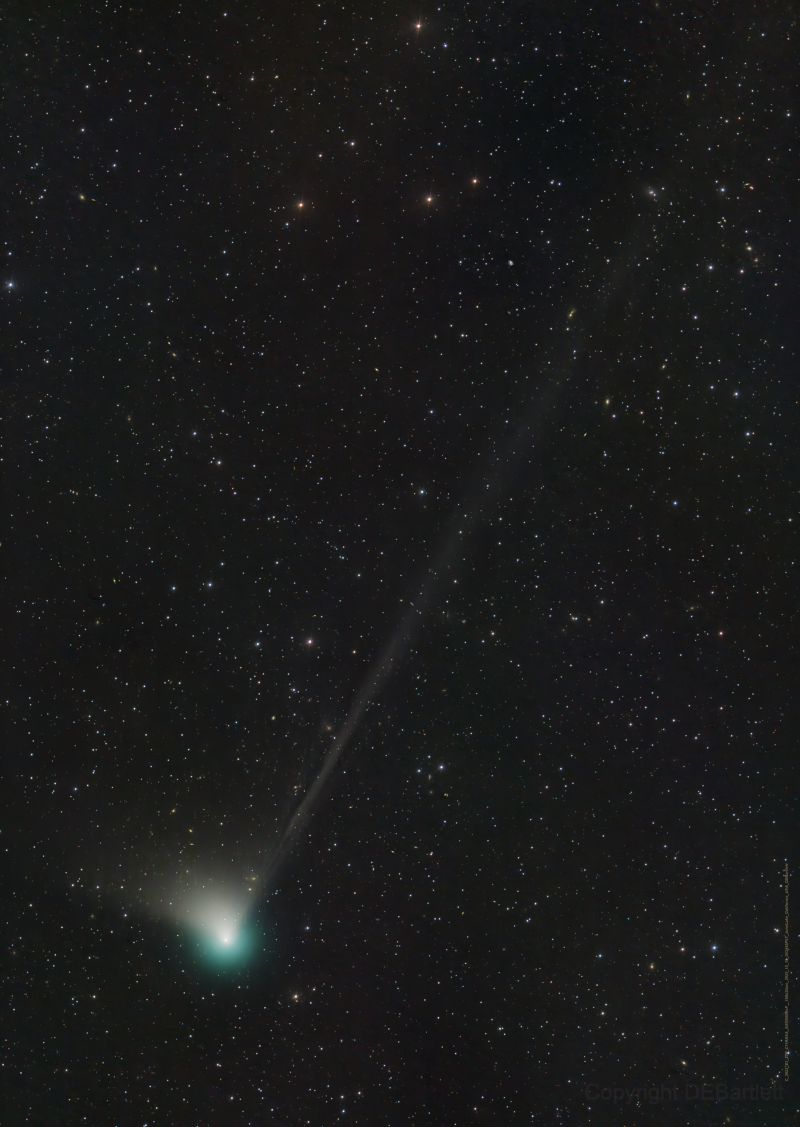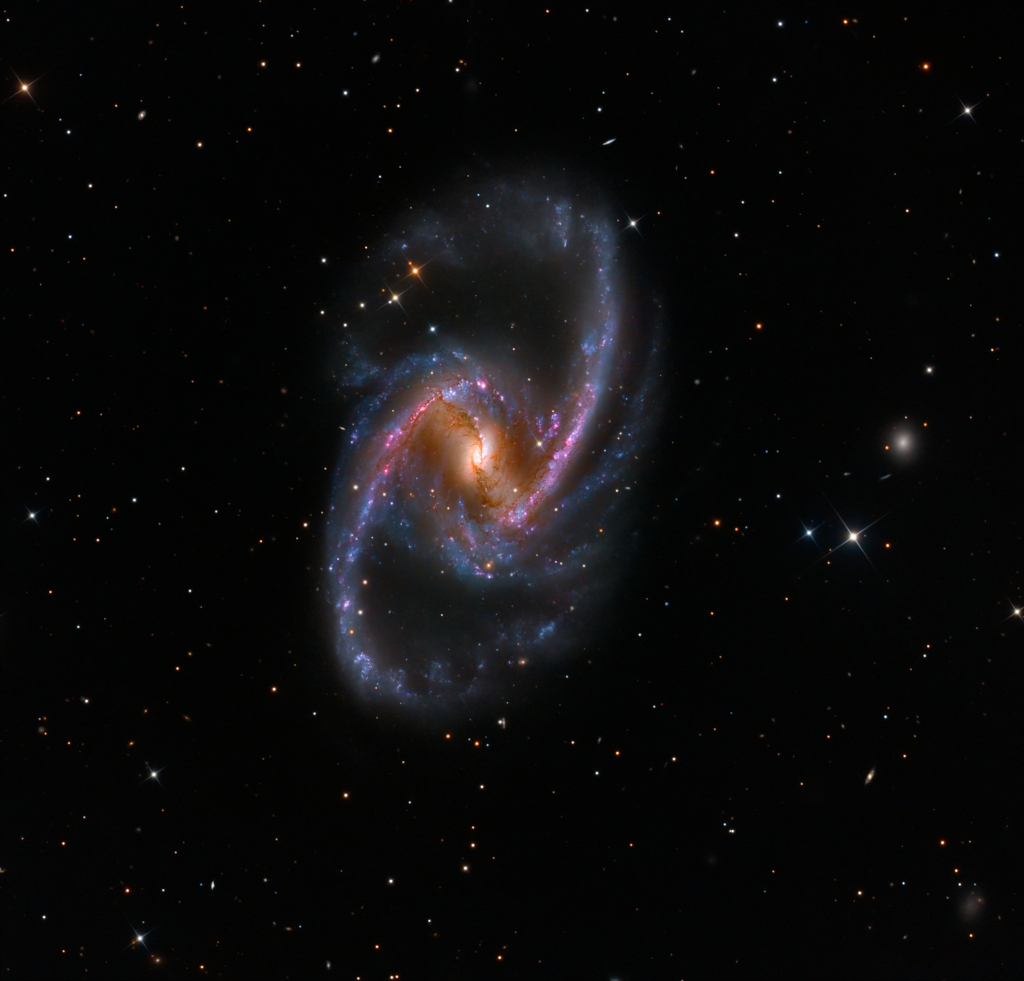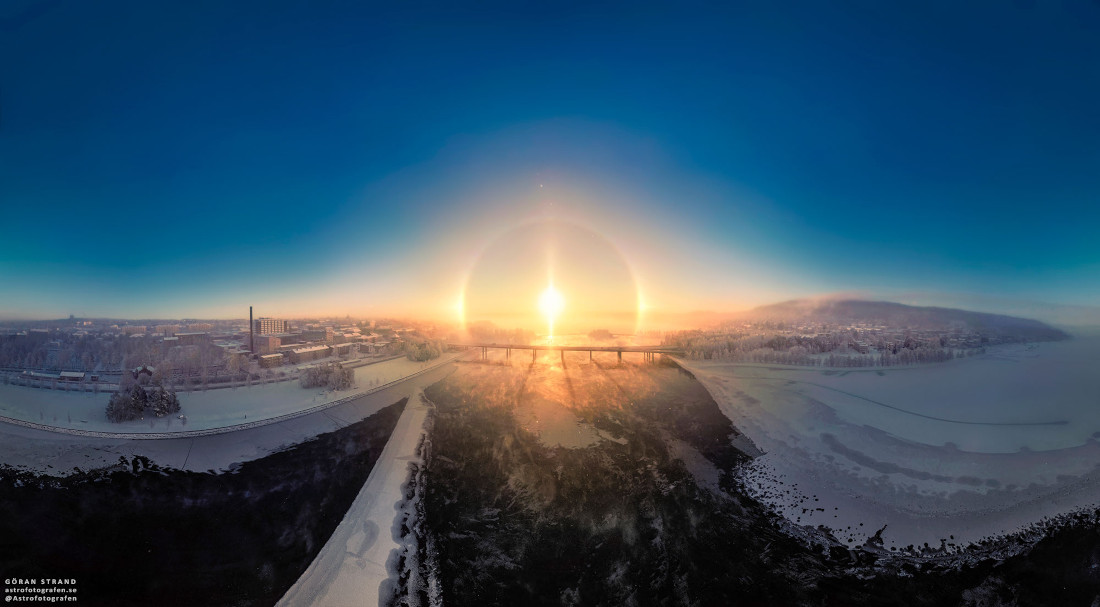Nombre total de pages vues
26/12/2022
BIOMIMETISME - La Nature inspire la Science - La cape d'invisibilité des seiches inspire les roboticiens
MERVEILLEUX MONDE SOUS-MARIN - Épave du SS Yongala - Australie

Crédit photo: 4 hours 1000 places
25/12/2022
ASTRONOMY - Geminids and the Mittens
2022 December 25
Image Credit & Copyright: Chuck Derus
Explanation: Asteroid 3200 Phaethon's annual gift to planet Earth always arrives in December. Otherwise known as the Geminid meteor shower, the source of the meteroid stream is dust shed along the orbit of the mysterious asteroid. Near the December 13/14 peak of the shower's activity, geminid meteors are captured in this night skyscape, composited from 22 images of starry sky taken before the moon rose over Monument Valley in the American southwest. The bright stars near the position of the shower's radiant are the constellation Gemini's twin stars Castor (blue) and Pollux (yellow). As Earth sweeps through the dusty stream, the parallel meteor trails appear to radiate from a point on the sky in Gemini due to perspective, and so the yearly shower is named for the constellation. From the camera's perspective, this view of three prominent buttes across Monument Valley also suggests appropriate names for two of them. The third one is called Merrick Butte.
24/12/2022
ASTRONOMY - Comet 2022 E3 (ZTF)
2022 December 24
Image Credit & Copyright: Dan Bartlett
Explanation: Comet C/2022 E3 (ZTF) was discovered by astronomers using the wide-field survey camera at the Zwicky Transient Facility this year in early March. Since then the new long-period comet has brightened substantially and is now sweeping across the northern constellation Corona Borealis in predawn skies. It's still too dim to see without a telescope though. But this fine telescopic image from December 19 does show the comet's brighter greenish coma, short broad dust tail, and long faint ion tail stretching across a 2.5 degree wide field-of-view. On a voyage through the inner Solar System comet 2022 E3 will be at perihelion, its closest to the Sun, in the new year on January 12 and at perigee, its closest to our fair planet, on February 1. The brightness of comets is notoriously unpredictable, but by then C/2022 E3 (ZTF) could become only just visible to the eye in dark night skies.
23/12/2022
ASTRONOMY - Cassini Looks Out from Saturn
2022 December 23
Image Credit: NASA, JPL-Caltech, Space Science Institute
Explanation: This is what Saturn looks like from inside the rings. In 2017, for the first time, NASA directed the Cassini spacecraft to swoop between Saturn and its rings. During the dive, the robotic spacecraft took hundreds of images showing unprecedented detail for structures in Saturn's atmosphere. Looking back out, however, the spacecraft was also able to capture impressive vistas. In the featured image, taken a few hours before closest approach, Saturn's unusual northern hexagon is seen surrounding the North Pole. Saturn's B ring is the closest visible, while the dark Cassini Division separates B from the outer A. A close inspection will find the two small moons that shepherd the F-ring, the farthest ring discernable. A few months after this image was taken -- and after more than a decade of exploration and discovery -- the Cassini spacecraft ran low on fuel and was directed to enter Saturn's atmosphere, where it surely melted.
22/12/2022
BIOMIMETISME - LA SCIENCE S'INSPIRE DE LA NATURE - De la peau de requin sur des avions
ASTRONOMY - NGC 1365: Majestic Island Universe
2022 December 22
Image Credit & Copyright: Martin Pugh
Explanation: Barred spiral galaxy NGC 1365 is truly a majestic island universe some 200,000 light-years across. Located a mere 60 million light-years away toward the faint but heated constellation Fornax, NGC 1365 is a dominant member of the well-studied Fornax Cluster of galaxies. This impressively sharp color image shows the intense, reddish star forming regions near the ends of central bar and along the spiral arms, with details of the obscuring dust lanes cutting across the galaxy's bright core. At the core lies a supermassive black hole. Astronomers think NGC 1365's prominent bar plays a crucial role in the galaxy's evolution, drawing gas and dust into a star-forming maelstrom and ultimately feeding material into the central black hole.
21/12/2022
MERVEILLES SOUS-MARINES - Héracléion, Egypte

Crédit photo: Ancient Explorers
ASTRONOMY - Sun Halo at Sixty-three Degrees North
2022 December 21
Image Credit & Copyright: Goran Strand
Explanation: Happy Solstice! Today is the December solstice, marking an astronomical beginning of summer in the southern hemisphere and winter in the north. On its yearly trek through planet Earth's skies, at this solstice the Sun reaches its southern most declination, 23.5 degrees south, at 21:48 UTC. About 4 days ago the Sun was near this seasonal southern limit and so only just above the horizon at local noon over Ostersund in central Sweden. This view looking over the far northern lakeside city finds the midday Sun with a beautiful solar ice halo. Naturally occurring atmospheric ice crystals can produce the tantalizing halo displays, refracting and reflecting the sunlight through their hexagonal geometry. Still, with the Sun low and near the horizon in the clear sky, likely sources of the ice crystals producing this intense halo are snow cannons. Operating at a local ski area, the snowmaking machines create a visible plume at the top of the nearby island Froson toward the right side of the panorama.
SANTé/MEDECINE - Procédé révolutionnaire dans la lutte contre le cancer - 2/6 : Une découverte qui change tout
Jusqu’à présent, la lutte contre le cancer reposait principalement sur la chimiothérapie, la radiothérapie ou la chirurgie. Ces traitements,...

-
2022 September 26 All the Water on Planet Earth Illustration Credit: Jack Cook, Adam Nieman, Woods Hole Oceanographic Institution ; Data ...
-
La majorité des grêlons qui tombent sous les orages et les averses ne pèsent que quelques grammes. Mais il y a quelques années, c'est un...







